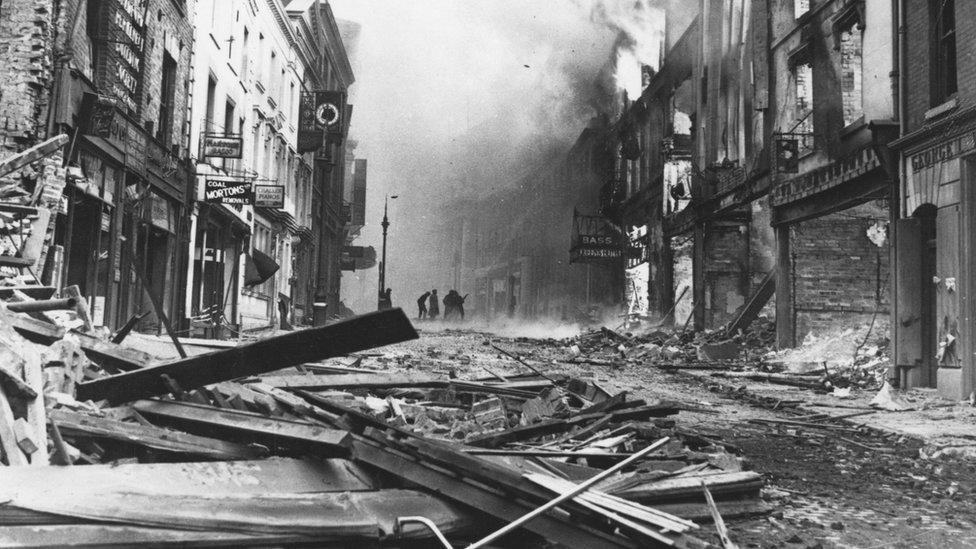Notorious ring road marks its 50th anniversary
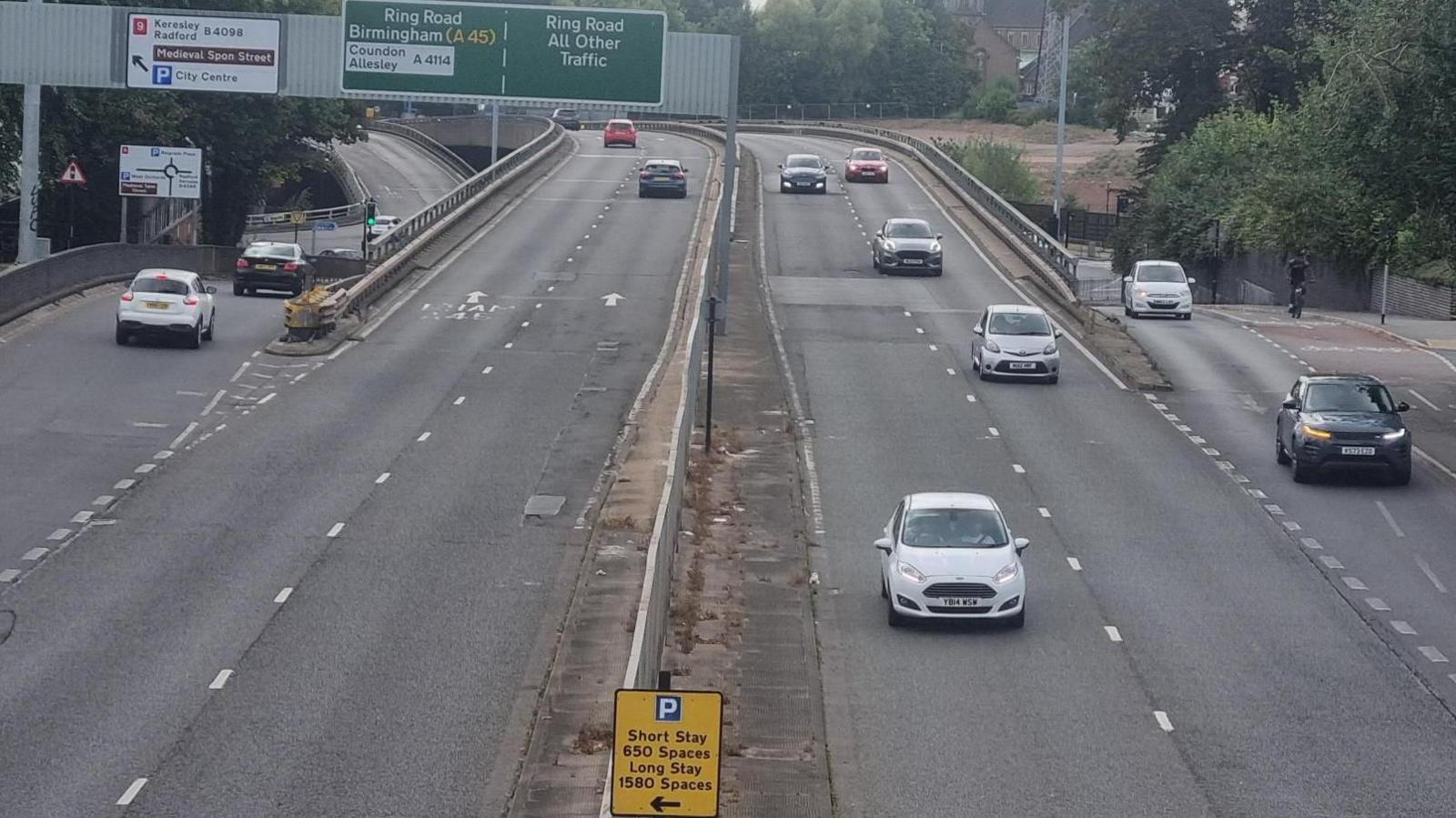
Thousands of vehicles use Coventry's ring road every day
- Published
It has been called disorientating and terrifying, people have been known to cry when they use it and it divides opinions.
But Coventry's ring road, a well-used city landmark, passed its 50th anniversary this week.
Its notoriety stems from the way drivers have to get on and off the raised concrete roadway at 40mph (64kph) while weaving between other motorists.
About 60,000 vehicles use it every day and the anniversary triggered a wave of memories.
Kate Evans told BBC CWR she "cried the first time I had to drive to work using it" but added she now loved it and "actually look forward to knowing I have to use it".
Another motorist told the station she stopped in the middle of the ring road when she first drove on it as it was too stressful.
"I was practicing getting to work and I accidently went on it. When I got off it I was just in floods of tears," she added.
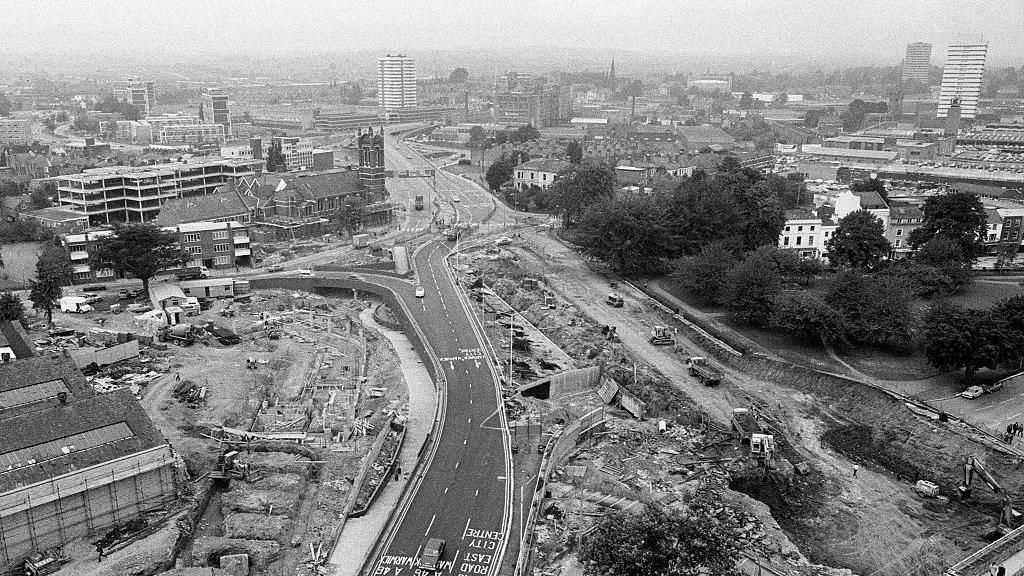
Construction of the entire ring road took more than 12 years
But plenty of drivers have praised Coventry's concrete collar with Chris Burrell saying that prior to its completion on 19 September 1974, getting around the city was "a nightmare".
"Now the traffic normally flows freely and only needs a little consideration for drivers entering and exiting the road for all to be safe and sound," he said.
Coventry was famously devastated by a German bombing raid in November 1940. The ring road became part of the city's efforts to repair itself and the 2.25 mile (3.62km) road took more than 12 years to finish.
At one stage, in 1969, when the last beam went into the construction, all the workers were given a bottle of beer to celebrate.
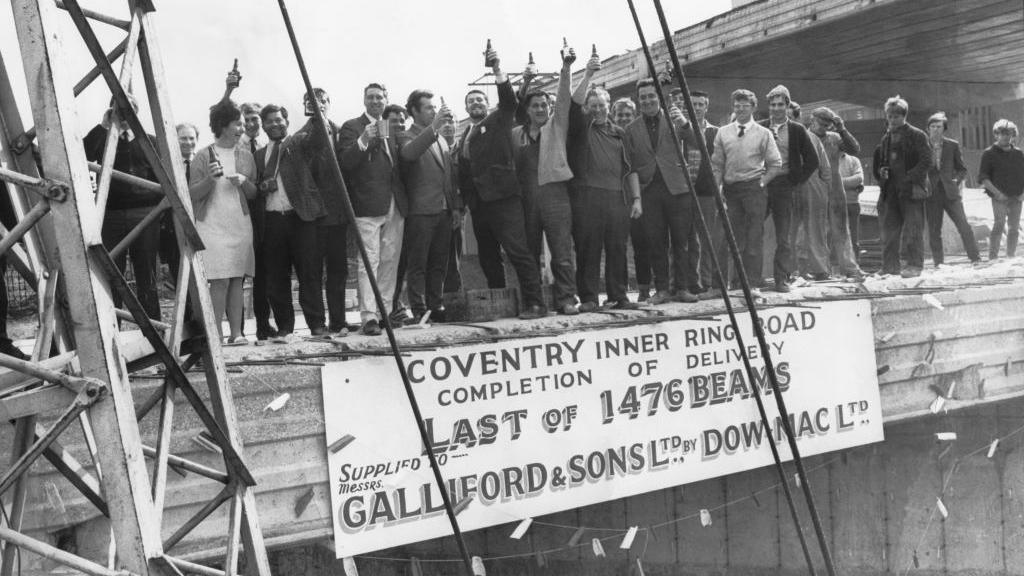
Bottles of beer were given out to workers when the last concrete beam was put into the ring road
Anthony Evans, a classic car enthusiast, said he remembered when one of the first stretches of the ring road opened.
"We all used to go up and down from the Queens Road on this new stretch of ring road, round the island of Foleshill Road and back again, flat out because it went through a tunnel so the sound of a big exhaust sounded quite throaty," he said.
Since then, millions of people have driven on the route and some have admitted getting stuck and having to go round two or three times before they were able to get off.
One of the issues, according to Neil Campbell, from the Warwickshire-based Jaguar Daimler Trust, is how people drive on it.
"It's unusual for being one of the few roads in the UK where you're supposed to drive on the right-hand lane until you get to your exit - something which a lot of people don't do," he said.

Classic car enthusiast Anthony Evans said he remembered racing around an early stretch of the ring road when it opened
It is one of the safest roads in Coventry, according to the city council, but for those not keen on the route, things could have been worse.
There were plans for THREE rings roads in the city, the local authority said, but only one was built and made it to 50 years old.
Listen on BBC Sounds: To mark 50 years of the ring road, BBC CWR's Vic Minett took a tour in the last Jaguar E-Type to be built in Coventry
Facts about Coventry's ring road
The 2.25 miles (3.62km) long ring road has nine junctions and follows the approximate lines of the old city walls
Work started on the first section, Moat Street Flyover, Ringway Rudge and Queens, in 1962
The final section, Ringway St. Johns and Ringway St Patrick's, was completed between 1971 and 1974
More than 700 houses were bulldozed to make way for it
An early plan for the ring road included going around the railway station but this was later shelved
Other early plans were for the raised sections of the ring road to link to rooftop car parks but in the end parking went underneath
Under road heating was installed on the first sections of the ring road but this was abandoned due to costs
Get in touch
Tell us which stories we should cover in Warwickshire
Follow BBC Coventry & Warwickshire on BBC Sounds, Facebook, external, X, external and Instagram, external.
- Published24 August 2024
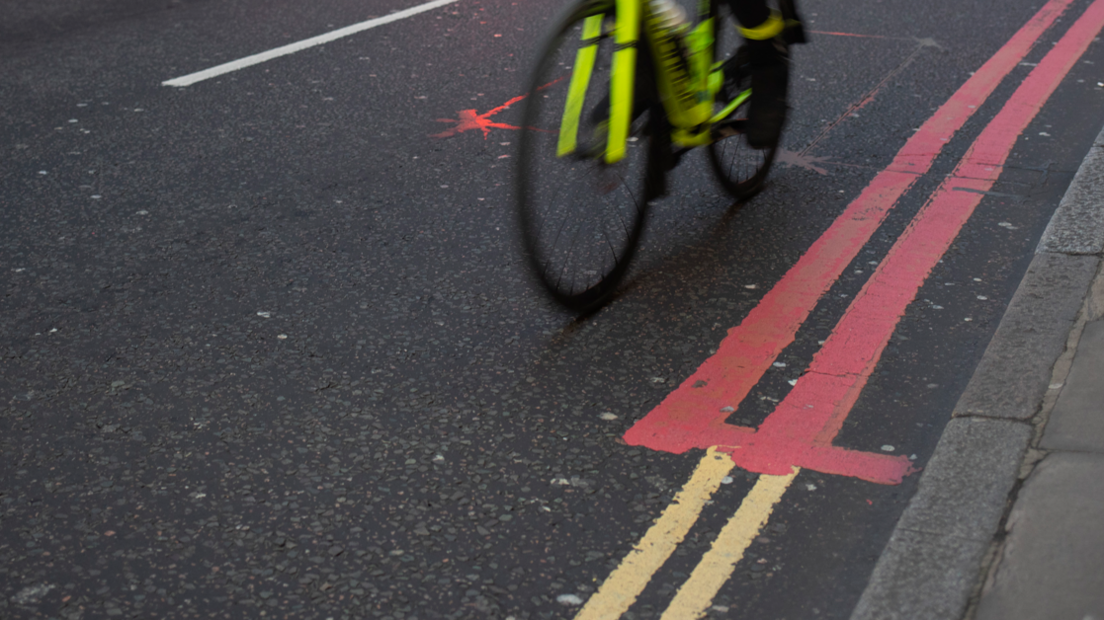
- Published19 September 2014
- Published5 April 2014
- Published12 December 2016

- Published13 November 2015
